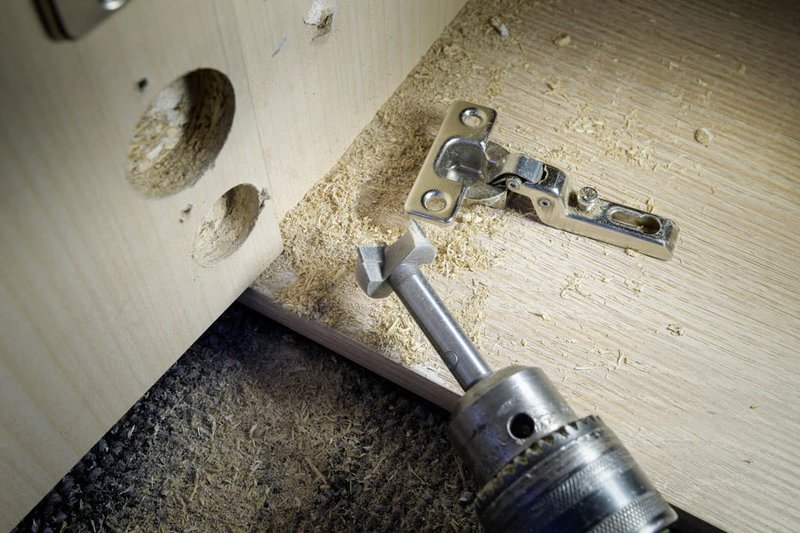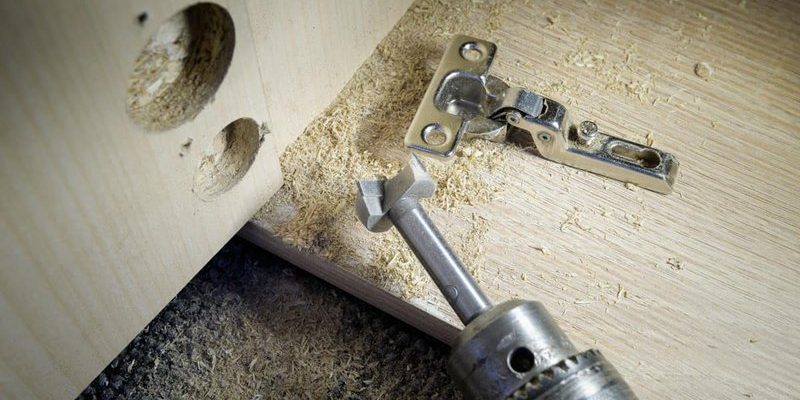
You might be wondering what the fuss is all about regarding hollow versus solid door cores. It’s simple really. Hollow doors often have a lightweight core made from cardboard or a honeycomb structure, while solid doors pack a heavier core made of wood or other solid materials. This distinction impacts not only the type of screws you’ll need but also how screws perform when securing hardware. So, let’s dive into how to pick the best screws for each type of door core.
Understanding Hollow Cores
Hollow-core doors are popular in many homes due to their lightweight and cost-effective nature. Think of them like a sandwich, with two outer layers and a light filling. Because they’re less dense, they require specific types of screws for effective use.
When selecting screws for a hollow-core door, it’s crucial to choose those designed to grip the less substantial material effectively. You want screws that can hold hardware securely without pulling out or breaking through the surface. For instance, self-tapping screws work wonders here, as they can create their own hole and bite into the material better than standard screws.
Additionally, using a screw with a coarse thread can improve grip in hollow materials. The coarser threads dig deeper and offer better anchorage than finer-threaded options. If you’re hanging a door handle or a lock, look for screws that come with a wider head to distribute the load better—this helps prevent those frustrating pull-outs.
Understanding Solid Cores
Solid-core doors bring a sense of heft and durability that hollow doors just can’t match. Imagine lifting a weight at the gym versus a feather—there’s a noticeable difference! With solid cores, you’re typically drilling into sturdy wood or composite materials, which allows for a wider variety of screw options.
Here’s the thing: because solid cores are much denser, you can get away with using *longer screws* and those with fine threads. These screws can grip the material well, providing a strong hold for door hardware. Also, consider using wood screws that are specifically designed for this type of core to enhance stability further.
Another smart move is to pre-drill holes when working with solid-core doors. This helps prevent splitting the wood, especially near the edges where it’s most vulnerable. Pre-drilling creates a path for the screw, allowing it to go in smoothly and securely, making your door installations go flawlessly.
Choosing the Right Length and Diameter
Now that you’re up to speed on the core types, let’s talk about screw length and diameter. These details can significantly impact how well your chosen screws will perform.
For hollow-core doors, screws should typically be between 1 to 1.5 inches long. You don’t want them too long, which could penetrate through the door, or too short, which wouldn’t grip well. A diameter of
When it comes to solid-core doors, it’s a different ball game. You can safely use screws that are 1.5 to 3 inches long, depending on whether you’re securing a simple doorknob or a heavy-duty handle. For these, a
Material Matters: Choosing Screw Types
Screw material is an essential factor to consider along with the core type. Using the right material can determine your screws’ longevity and performance.
For both hollow and solid-core doors, stainless steel screws offer superior strength and rust resistance, making them perfect for outdoor applications or humid environments. If you’re working indoors, brass screws can add a touch of elegance, particularly for decorative hardware.
In contrast, zinc-plated screws are an economical choice for interior use. They provide decent strength and protection against corrosion, but they might not hold up as well in harsh conditions. Keep in mind that while brass might look nice, it can be more prone to stripping compared to its steel counterparts, so choose wisely based on where the door is located.
Common Problems and How to Avoid Them
Choosing the wrong screws or improperly installing them can lead to several headaches, but most of these issues can be easily avoided with a bit of knowledge.
For hollow-core doors, one common problem is using screws that are too long or too thick. This can cause the screw to break through the back of the door, which is definitely not the look you’re going for! To avoid this, always measure the thickness of your door and opt for screws that won’t exceed that depth.
When working with solid-core doors, watch out for over-tightening screws. This can cause the wood to split. If you notice resistance while screwing in, stop and double-check your technique. Pre-drilling holes will save you from this issue and ensure a smoother installation.
Best Practices for Installing Screws
Now that you’ve got the right screws, let’s go over some best practices for installation. Proper technique can make all the difference in securing hardware safely and effectively.
Start by marking where your screws will go—this helps maintain alignment and prevents mistakes. For hollow-core doors, be gentle as you drive the screw in. A power drill is handy here, but don’t forget to set it to a lower torque to avoid stripping the screw head or tearing through the material.
For solid-core doors, it’s beneficial to drill a pilot hole first, especially if you’re dealing with particularly hard woods. This not only helps the screw go in smoothly but also reduces the risk of splitting. When you’re finished, check that the screws are snug but not overly tight—this balances grip with wood integrity.
Wrapping It Up: Making the Right Choices
Choosing the right screws based on your door core—whether hollow or solid—is essential for successful home projects. This small detail can lead to a sturdy installation or a frustrating experience if not handled properly. By understanding the differences between screw types, lengths, materials, and installation techniques, you’ll be well-equipped to secure your doors effectively.
So, the next time you face a door installation project, remember: the right screws are your allies. Treat them well, and they’ll help keep your doors swinging smoothly for years to come. Plus, you’ll find DIY projects become a breeze when you have the right tools and knowledge. Happy installing!
